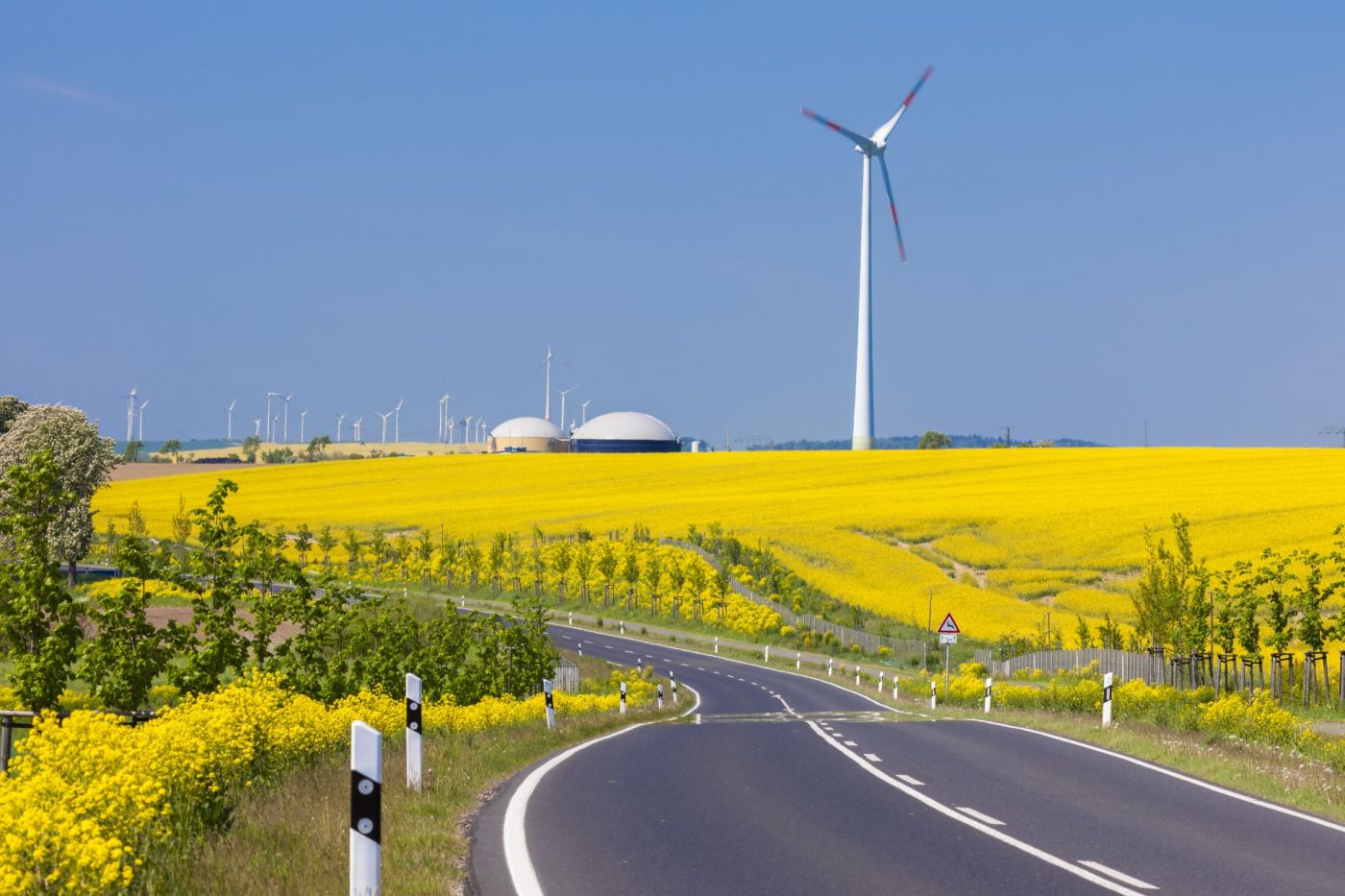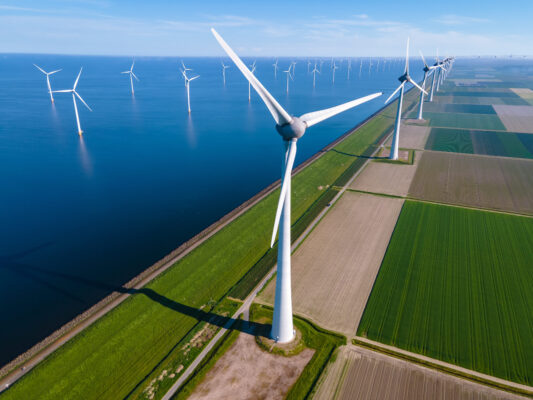Sustainable energy investments have looked to batteries as a means of storage during non-peak periods, but the best solution may be even greener: hydrogen. Perhaps the most common element in the universe is the key to renewable energy storage.
Despite its abundance, hydrogen has been somewhat of a bit-part player in green energy’s rise. Producing it is carbon-based energy intensive. Hydrogen-powered fuel cell vehicle technology has been developed but they are yet to take over our roads. In part, due to the lack of refilling stations. Storing it has also been a challenge. But with the help of an age-old science fair experiment, electrolysis, the element can be produced from wind energy and water, stored, and then used as a sustainable battery.
Green energy, despite all of its benefits, presents a unique problem across the industry. Wind energy production is dependent on consistent winds. But energy grids are designed around demand. Hybrid green-carbon grids even more so. As demand rises, the grid responds by supplying more, for hybrid grids this may mean burning more fossil fuels. As demand falls, the grid responds by shutting down carbon-based plants and relying more on renewable energy. Hydrogen storage would give energy grid operators the ability to subtract fossil fuels from the equation and add stored sustainable energy. At a moment’s notice, and most importantly regardless of the available energy produced by wind, more energy would be available to meet consumer demand.
Stored hydrogen produced by solar energy could also be connected to natural gas grids and used in existing power stations, so they burn greener. This is no longer the dream of tomorrow. The world’s largest offshore wind farm, Hornsea Wind Farm, has partnered with Gigastack to reduce the carbon intensity of Phillips 66’s fuels. Renewable wind energy powers electrolysis and the hydrogen produced reduces CO2 emissions at the refinery.
The electrolyser, the link between the wind energy and the refinery, is scalable and could be ramped up to 1GW of annual capacity. The plan at Hornsea is a step forward but does it go far enough? It will only reduce the carbon intensity of Philllips 66’s fuels. The next step would be to cut the middleman out and use the hydrogen produced from wind power through electrolysis to directly supply power to the grid or for customers. And bring the reality of solar produced hydrogen fueling a cleaner energy closer.
In Denmark, another wind to H2 project has arisen that will use hydrogen to fuel 20–30 buses. But in the future, this green hydrogen could also be used for fuel cells to power not just hydrogen buses but the future of mobility. Urban living has changed the way people get around and our mass transit, cars, and trucks could all be powered by sustainable energy. For now, the goal in Denmark is to scale up and reduce greenhouse emissions. This could offset the expensive cost of carbon free hydrogen. However, a vital question arises: where will all of this hydrogen be stored?
The prevailing winds that cast hydrogen storage as a challenge are now blowing in the opposite direction. In the United States, the United Arab Emirates, Australia, and China, hydrogen storage might soon become commonplace. In fact, hydrogen with the equivalent power rating of 1 GW could be stored in underground salt caverns. Researchers will continue to look for more ways to efficiently and sustainably store the energy during peak output times for wind and solar alike. And just as the predictions of wind energy powering homes seemed like science fiction years ago, the concept of wind and sustainable energy using hydrogen storage will soon become a reality.
The challenge now is to dispel the misconceptions across the globe surrounding sustainable energy, such as its inability to completely solve our energy needs. Wind energy is available even when the winds die down. Solar can power our homes even when the sun doesn’t shine. Because if green energy storability is the question. Hydrogen just might be the answer.



